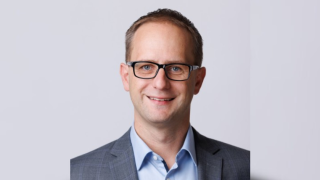The cable is owned by Super Sea Cable Networks Pte Ltd (SEAX), and has been constructed by Huawei International and Huawei Marine Networks.
Speaking on the news, Joseph Lim, chief executive officer of SEAX, said: “Service on SEAX-1 will significantly enhance direct communication between Malaysia and Indonesia and Singapore and lay the foundation for SEAX’s broader plans to provide the ASEAN region with readily-accessible, high-capacity, robust and diverse connectivity options. SEAX’s network plan will help establish the ASEAN region as a broadband corridor in line with the ICT’s ASEAN Cooperation goals, providing an engine of growth for the region.”
The new repeater less 250km undersea cable comprises of high-speed, large capacity, 24-fibre pair of fibre. Once operational SEAX-1 will provide SEAX customers with robust, low latency, high-bandwidth connectivity to meet the growing demand for e-commerce and internet-based services throughout the ASEAN region.
On behalf of the team at HMN, we are pleased to have partnered with SEAX to achieve this significant milestone,” added Mike Constable, chief executive of Huawei Marine. “The successful completion of SEAX-1, marks Huawei Marine’s tenth project in Asia Pacific, which illustrates the importance of high-speed connectivity to facilitate cross-border ICT initiatives and the economic development of the ASEAN region.”
Construction on the project started in September 2016, at which time completion was set for the end of 2017. Works were carried out by SEAX in collaboration with its local partners PT Super Sistem Ultima in Indonesia and SACOFA Sdn Bhd in Maylasia.
Back in April, Globacom, the Nigerian telecommunications services provider, confirmed that it was building a new fibre-optic subsea cable n Nigeria to be built by Huawei – most likely Huawei Marine. The 850 kilometres long cable named Glo2 will be integrated to Globacom’s existing terrestrial backbone and offer 12Tbps of capacity.





